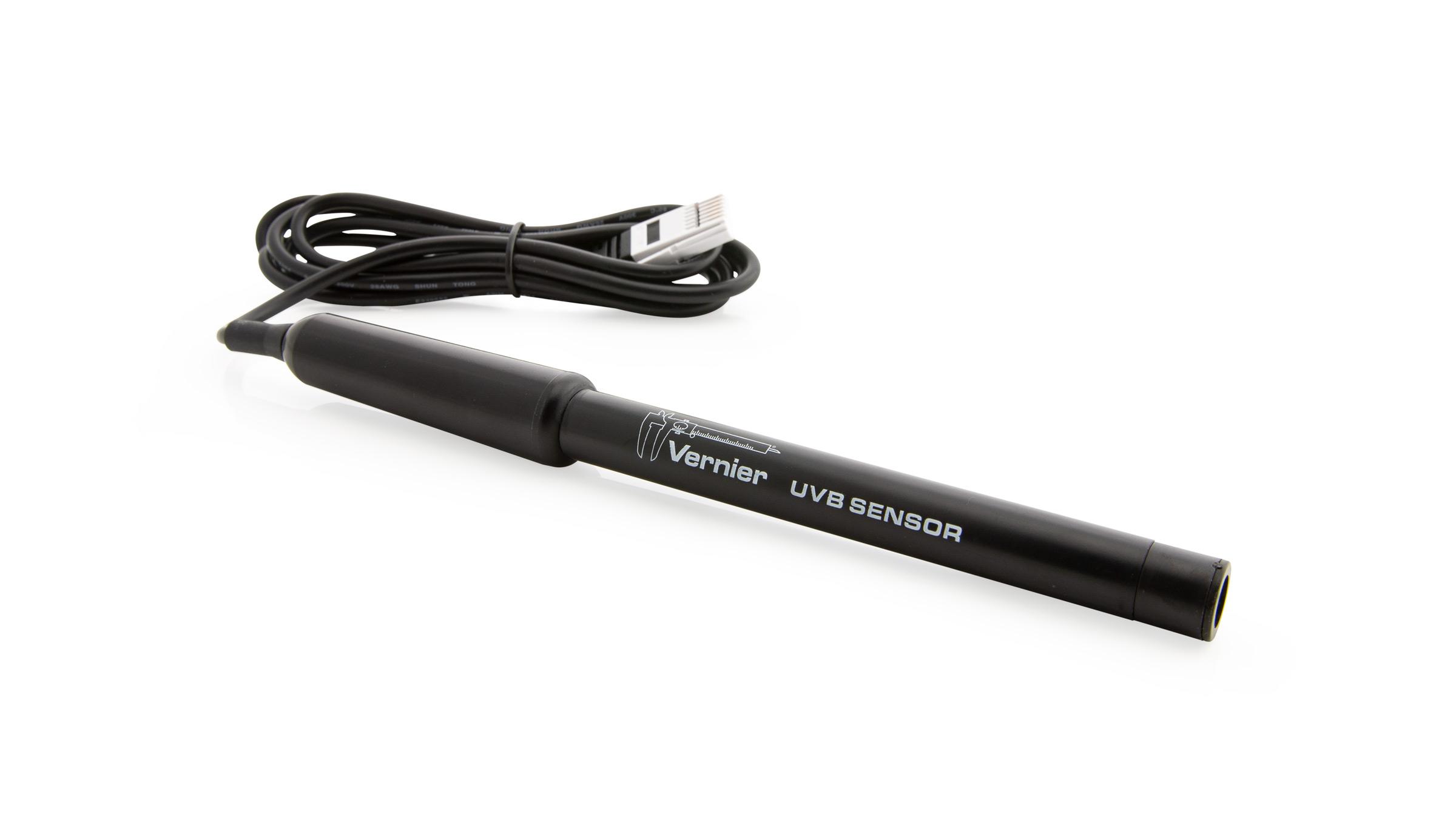Introduction
Skin cancer is the most common form of cancer in the United States. According to the American Cancer Society, more people have had skin cancer than all other types of cancer combined. Wearing sunscreen can protect your skin from the sun’s harmful ultraviolet (UV) radiation. The effectiveness of a sunscreen is measured by its sun protection factor (SPF). The SPF indicates the amount of time you can remain in the sun before getting a burn. For example, a person wearing a sunscreen labeled SPF 10 can remain in the sun ten times longer than a person wearing no sunscreen. SPF ratings are approximate values because most sunburns also depend on your skin type, the amount of sunscreen you applied, and the type of activity you are doing. As an engineer, you might consider how you could test the effectiveness of sunscreens to see if one is better than another.
Objectives
In this project, your challenge is to design and build an automated device to test and compare the effectiveness of various sunscreens using a Vernier UVB Sensor. The user should not touch the tester or the sunscreen samples during the test. Either the sensor or the sunscreen samples should automatically move to allow at least 3 different sunscreen samples to be tested. Your goal is to test the sunscreens, determine which is most effective, and provide some indication of which is best. Your device should be fairly rugged, since you will be using it outdoors.
Sensors and Equipment
This experiment features the following sensors and equipment. Additional equipment may be required.
Ready to Experiment?
Ask an Expert
Get answers to your questions about how to teach this experiment with our support team.
- Call toll-free: 888-837-6437
- Chat with Us
- Email support@vernier.com

